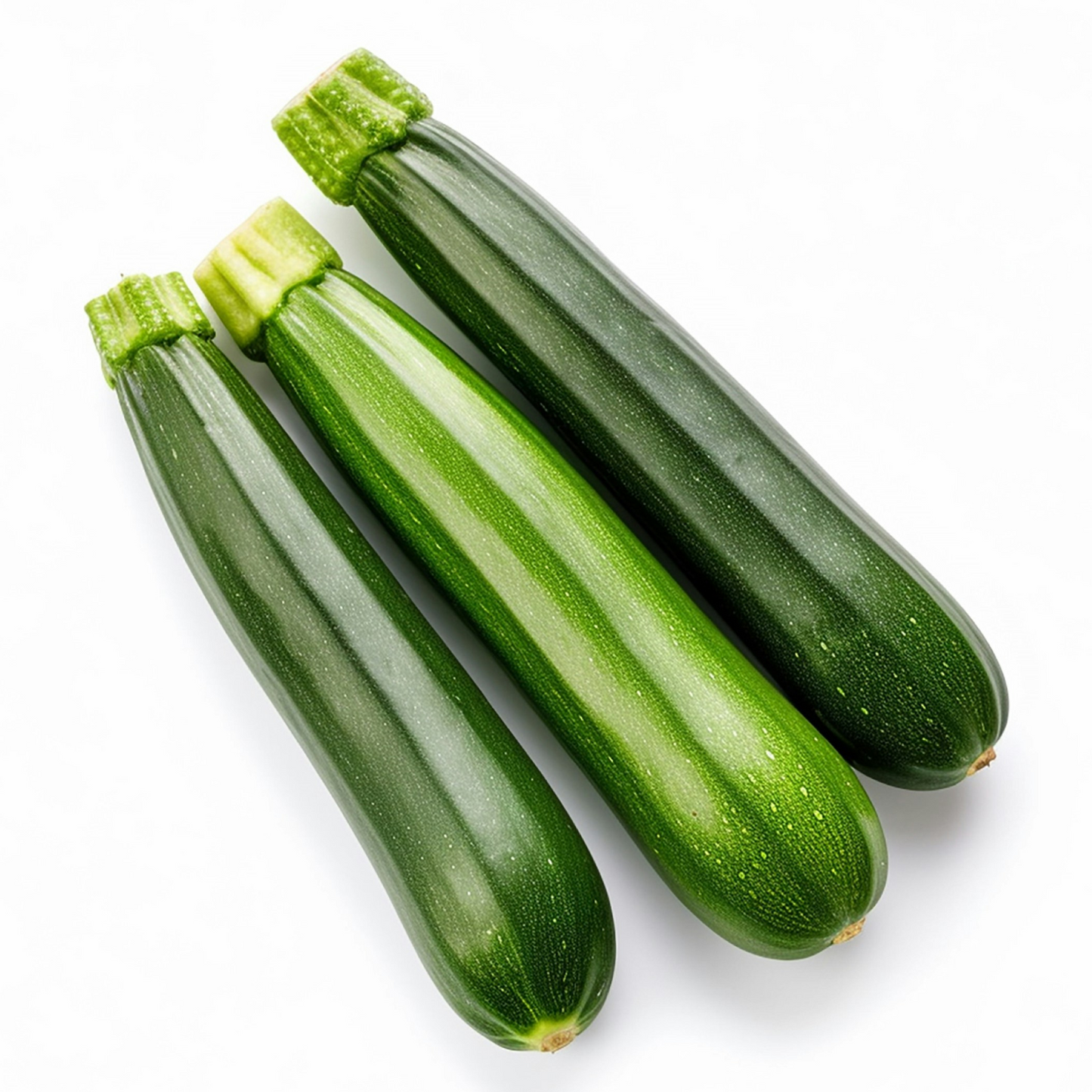JONQUIL
Baby Marrow - Caserta Squash - 10 Seeds
Baby Marrow - Caserta Squash - 10 Seeds
Couldn't load pickup availability
Caserta squash is a variety of summer squash known for its tender, flavorful flesh and distinctive appearance. It has a cylindrical shape with a slightly bulbous bottom and is easily recognized by its light green skin with dark green, mottled stripes. This heirloom variety is prized for its delicate, mild flavor, which is slightly sweet and nutty, and its soft texture, making it ideal for a wide range of dishes.
Caserta squash is best harvested when it’s young, at around 15 cm in length, as this is when the flesh is at its most tender. It’s very versatile in the kitchen and can be grilled, sautéed, roasted, or used in casseroles, soups, and stews. Like other summer squashes, Caserta is low in calories and high in nutrients, providing a good source of vitamins A, C, and fiber. It grows best in warm weather and requires plenty of sunlight and well-draining soil to thrive. With proper care, Caserta squash plants can produce a high yield, offering a delicious and healthful addition to summer meals.
Growing asparagus from seed is a rewarding process, though it does require patience as the plant takes a few years to reach full production. Here’s a step-by-step guide to get you started:
-
Start Indoors Early: Asparagus seeds should be started indoors 10-12 weeks before the last frost date in your area. Soak seeds in water for 24 hours before planting to improve germination rates.
-
Plant the Seeds: Sow seeds in small pots or seed trays filled with well-draining potting soil. Plant each seed about ½ inch deep and cover lightly with soil. Keep the soil moist but not soggy.
-
Provide Warmth and Light: Place the seed trays in a warm location with plenty of light. A sunny windowsill or grow light works well. Germination can take 2-3 weeks.
-
Transplanting Seedlings: When the seedlings are a few inches tall and all danger of frost has passed, transplant them outdoors. Choose a sunny spot with well-drained, nutrient-rich soil. Prepare the soil by mixing in compost or organic matter.
-
Planting in Trenches: Dig trenches about 15 cm deep, spacing them 50 cm apart. Place seedlings in the trench, spacing them 30 cm apart, and cover the roots with 5 cm of soil. As the plants grow, continue filling in the trench until it is level with the ground.
-
Water and Mulch: Water the seedlings well and keep the soil consistently moist, especially during dry periods. Mulching helps retain moisture and suppress weeds.
-
Patience with Harvesting: Asparagus plants need time to establish a strong root system. Avoid harvesting spears for the first two years after planting. By the third year, you can begin harvesting mature spears for a short period, gradually increasing the harvest duration as the plants mature.
-
Care and Maintenance: Each year, allow some spears to grow into tall ferns; this is essential for photosynthesis and root strength. Cut back ferns in late fall after they have died back naturally.
Asparagus beds can be productive for 10-15 years or more, making the initial patience worthwhile. With good care, your asparagus plants will reward you with fresh, tender spears each spring.
Share


